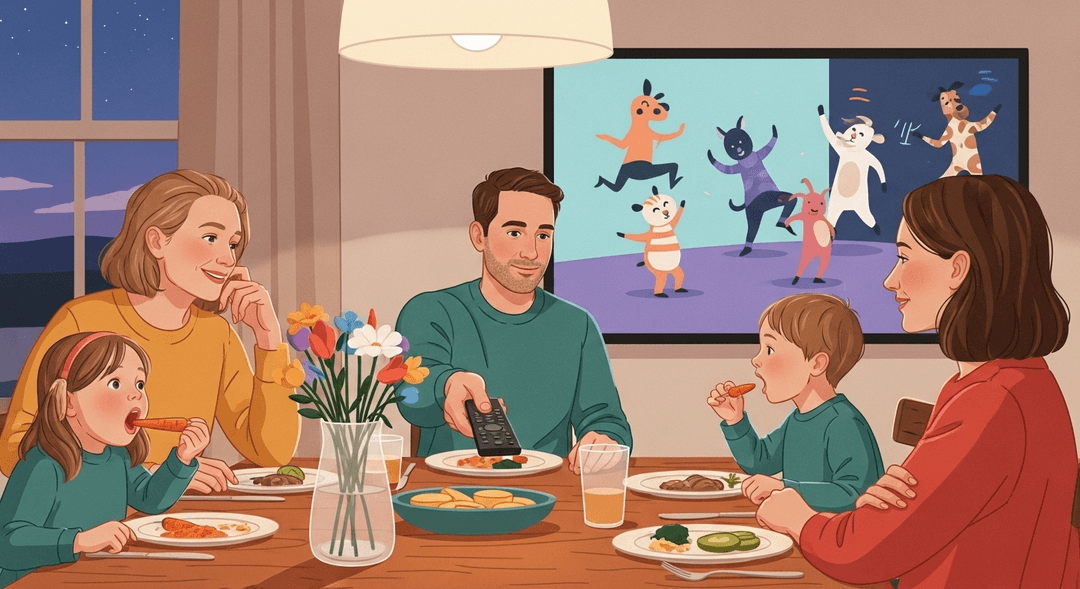Turn Off the TV During Meals to Encourage Mindful Eating and Conversation
If you’ve ever tried to get your kid to eat a carrot while they’re hypnotized by dancing talking animals, this one’s for you. Turning off the TV at dinner is like trying to land a spaceship on a trampoline—everyone notices, there’s a lot of noise, but hey, suddenly people are actually talking (and maybe even chewing). If you’re tired of your family’s main dinner conversation being ‘Can you turn it up?’—this is your cue.
Switching off the TV during meals helps kids (and, let’s be honest, adults) tune into their own hunger cues, chew their food, and actually notice what’s on their plate—hello, broccoli! It boosts language skills, emotional connection, and even helps brains develop better impulse control. For parents, it’s a rare chance to catch up on the day’s highlights (or lowlights) without competing with cartoon theme songs.
How to do it
First, warn everyone—don’t just yank the cord mid-bite. Set a family rule: the TV should be off during meals. You might even want to stash the remote somewhere out of sight.
Start with one meal a day (breakfast counts!). This makes the change manageable and helps everyone adjust.
Keep conversation starters handy, such as:
- “What’s the weirdest thing you saw today?”
- “Did anything make you laugh today?”
- “What’s something you’re looking forward to?”
When someone inevitably tries to sneak a peek at their phone, gently remind them that the only drama allowed is the one happening at the table.
Bonus points for making it a game:
- See who can go the longest without mentioning a screen.
- Offer a small reward for the winner.
Key Tips:
- Give everyone a heads-up before starting this new routine.
- Make the rule clear and consistent.
- Encourage fun and engaging conversations.
- Be patient—habits take time to change.
